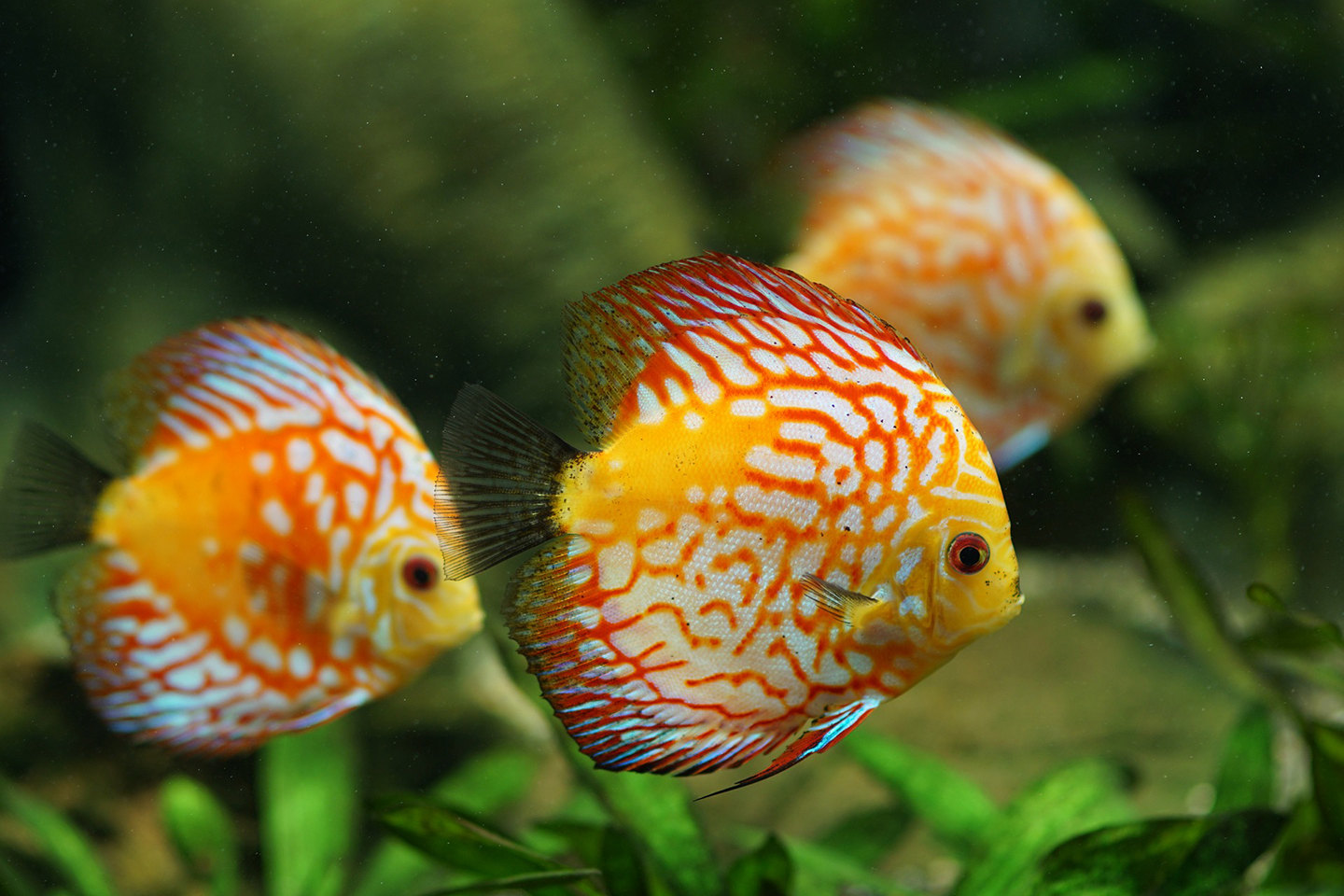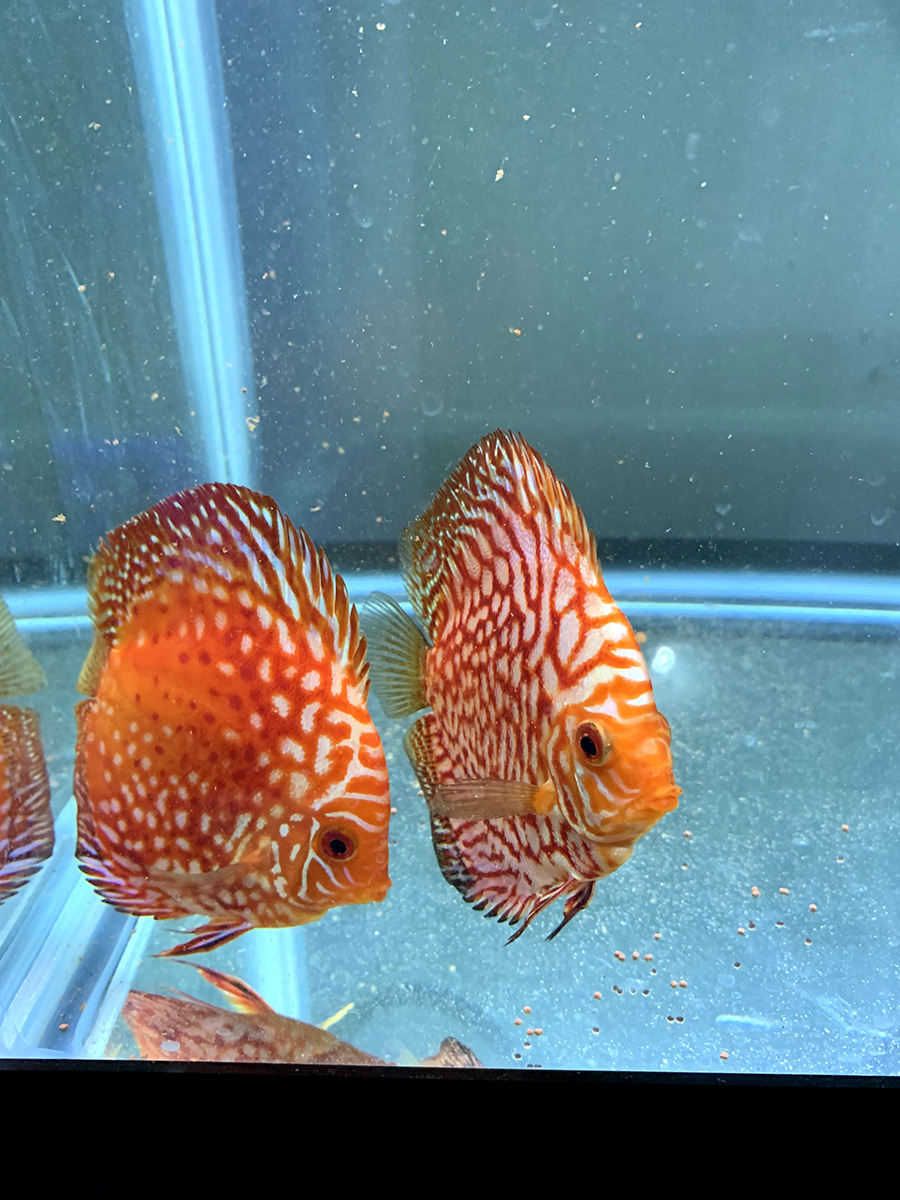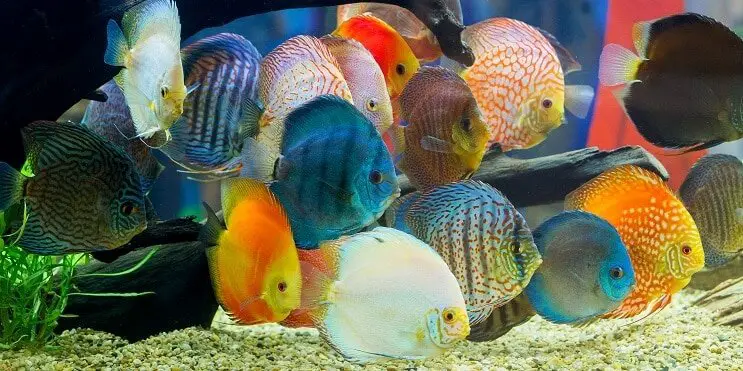

We also recommend adding air stones since the higher water temperature decreases the amount of oxygen in the water. Eventually, you should end up with a nice, relatively peaceful group of six adult discus with mostly females and maybe a couple of males.Īs for tank setup, you can put them in a planted tank, but make sure to find plants that can tolerate high temperatures, such as anubias, java fern, bacopa, sword plants, and micro swords. (You want them to be approximately the same size so that no one gets outcompeted for food.) As they get bigger, you’ll be able to identify the rowdy males and rehome them back to the fish store. In order to mitigate this territorial aggression, buy 10 to 12 juveniles all at the same time for your 75-gallon tank. Plus, as a type of cichlid, they may start to bully each other if you don’t a decent-sized group. However, they are schooling fish by nature and are much happier when surrounded by a large group of their own kind. For example, dogs are technically pack animals, yet many people keep just one and then leave them home all day by themselves. Many customers ask us, “Can I keep one discus?” Technically, the answer is yes. (That’s why people recommend doing all those frequent water changes.) Also, by heating up the tank, their metabolism goes up, you have to feed them more, and then more waste is created. Remember that these fish get big, usually 5 to 7 inches in diameter if you’re doing things right. You can do a 55-gallon tank, but then you’re forced to do a lot of water changes. What Size Tank Do You Need for Discus?īigger is always better, so we personally recommend a 75-gallon aquarium or larger.

If you’re focused on breeding and raising discus fry, you need much lower pH and water hardness, but if you’re simply keeping them for enjoyment, these two water parameters aren't as important.Īquarium plants and tank mates for discus aquariums are possible, but they must be able to handle the mandatory hot water temperatures. We haven’t kept German-bred discus yet, but they’re known for tolerating higher pH and harder water. The same thing applies with water hardness discus are usually fine with soft to medium hardness. In our experience, both wild-caught and captive-bred discus do well when the pH levels are between 6.8 and 7.6. The recommended pH can be controversial since many people place great emphasis on this factor.

Other environmental conditions to consider include pH and water hardness.

So if you want to successfully care for discus, be willing to make this necessary change, which may differ from your normal fish keeping habits. When the heat is kept high, your discus become more active, their metabolisms run well, they grow faster, and they show off better colors. The reason is because the discus farms we get them from usually keep their waters at these temperatures, and when we try to force them to cool down, it becomes a source of discomfort. The easiest trick for keeping happy discus is to raise the water temperature. What Is the Ideal Temperature for Discus Fish? Based on our experiences, this care guide offers practical advice and useful tips for beginners starting their first discus tank. We’ve spent many years keeping discus personally at home, caring for them in our fish store, and helping customers be successful with them. In reality, only a small percentage of people are able to follow those rules, and the rest of the world uses more low maintenance methods. However, they’re notorious for being extremely difficult to keep, with Internet forums often recommending strict practices like 100% water changes every day. Discus fish are one of the most beautiful freshwater fish in the hobby, known for their spectacular colors and large, circular shape.


 0 kommentar(er)
0 kommentar(er)
